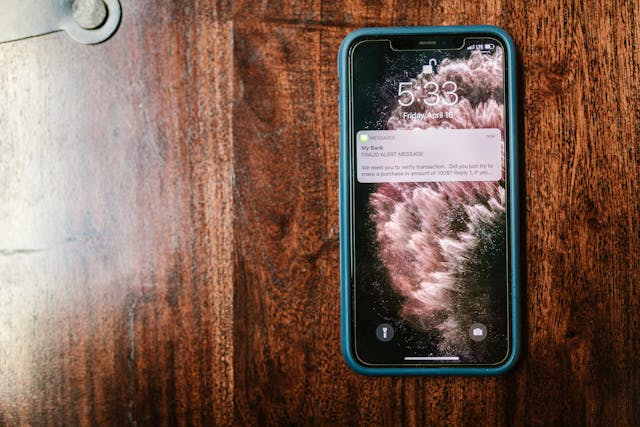
The capacity to provide location-based alerts that are both timely and relevant is of utmost importance in the mobile engagement domain. These days, clients may send messages that are particular to certain geographic regions or user locations thanks to the advanced geotargeting capabilities offered by modern push notification providers. Detailed information may be found at https://www.nashpush.com/mobile-push-service-company. Learn how organizations can take use of location information to boost user engagement and promote meaningful interactions by exploring the geotargeting possibilities offered by contemporary push notification providers in this article.
Geofencing allows for precise proximity-based notification targeting
Modern push notification providers use geofencing as one of their primary geotargeting capabilities. With geofencing, companies may set virtual borders around physical locations, such as:
- storefronts;
- event spaces;
- tourist attractions.
By using established criteria, the push notification service may initiate pertinent alerts whenever a user enters or leaves a geofenced region. When a customer enters a geofenced region around a business, for instance, a retail app may notify them of a special deal. Businesses may take advantage of users’ proximity to real venues to offer contextually relevant alerts via geofencing. This enhances the user experience and drives foot traffic.
Using a user’s location data, location-based targeting allows for more personalized notifications
Not only may companies send alerts based on users’ movement patterns and real-time location data, but current push notification providers now offer location-based targeting capabilities, in addition to geofencing. Businesses may now send messages based on customers’ precise whereabouts or where they’re headed thanks to GPS tracking and beacon technologies. To improve users’ trip experience, a travel app may, for instance, give suggestions for local eateries or activities based on their present location. With location-based targeting, companies can reach customers with hyper-localized alerts that are relevant and engaging because they speak to their current surroundings.
Customizing campaigns for regional audiences is the essence of audience segmentation by location
A further perk of today’s push notification systems is that they let companies divide their audience into different segments according to geography. This lets them create regionally specific campaigns. Businesses may target certain regions or markets with location-specific alerts that take into consideration things like local events, weather, and cultural preferences by dividing consumers into different geographic zones. As an example, a weather app may notify users based on their specific location, providing them with customized predictions and warnings. Businesses may increase engagement and conversion rates by speaking directly to regional audiences via location-based audience segmentation. Companies may now send notifications based on user location or specified geographic regions thanks to the extensive geotargeting capabilities provided by current push notification providers. Businesses may take advantage of customers’ mobility patterns, geographical preferences, and closeness to actual sites to create engaging, tailored experiences with the help of location information.






